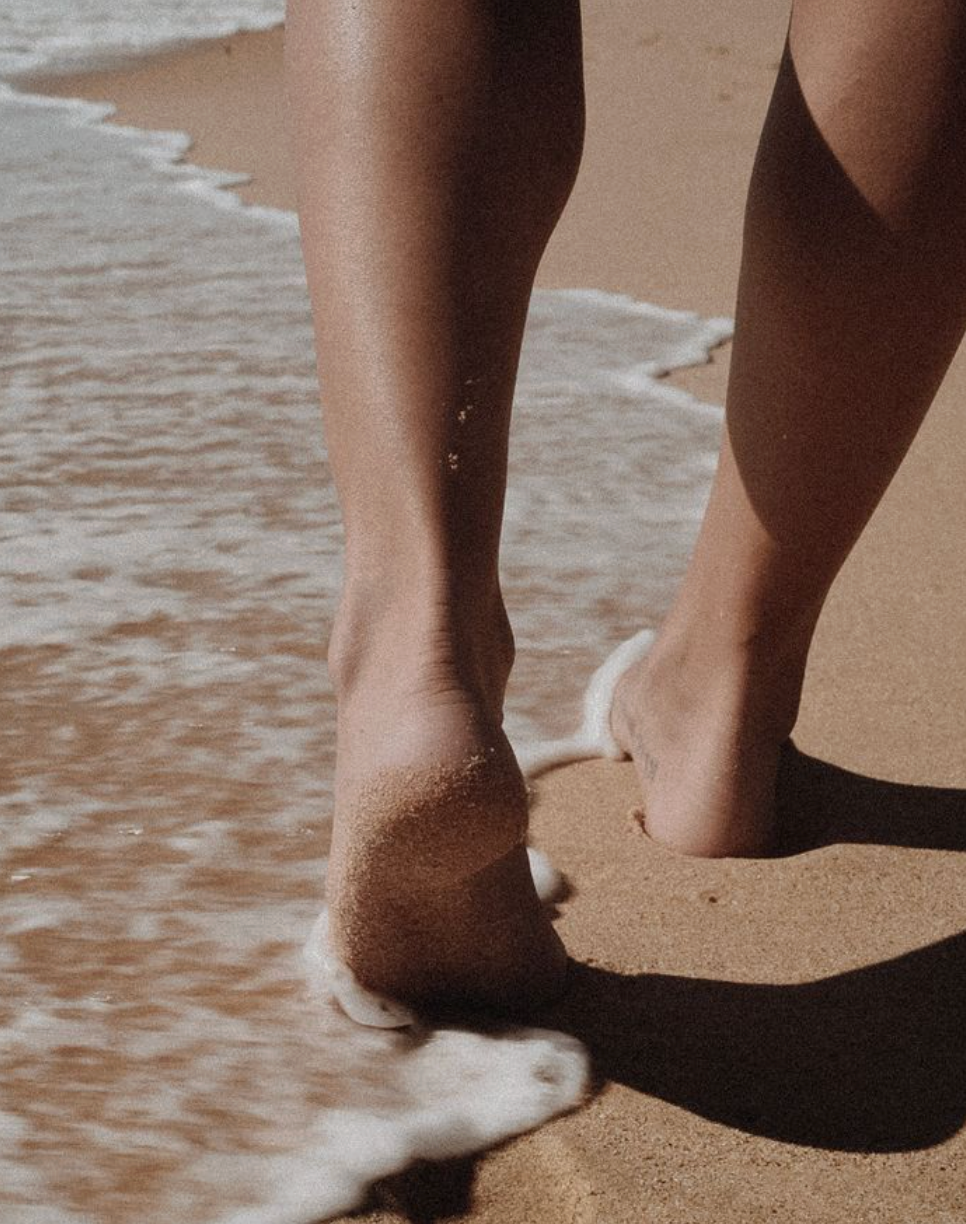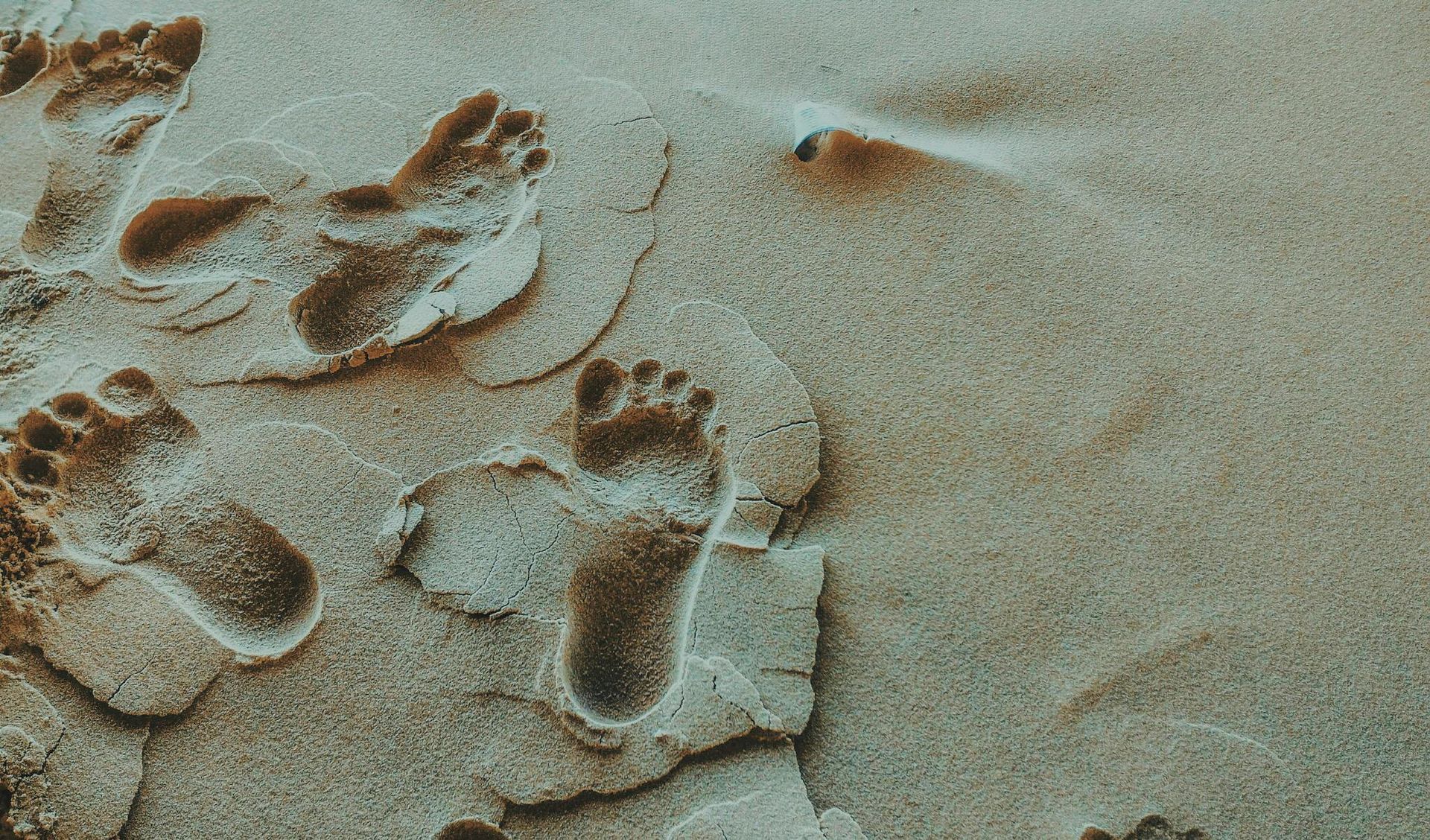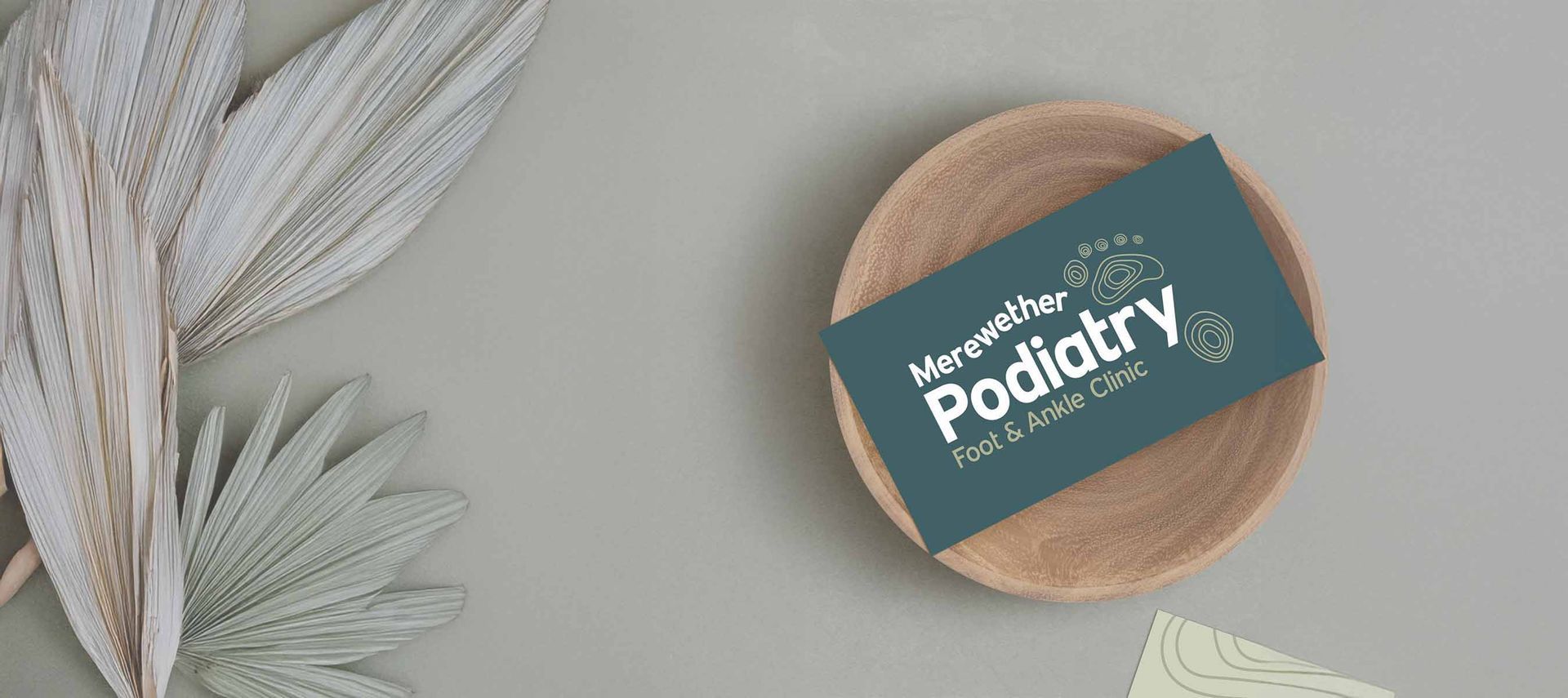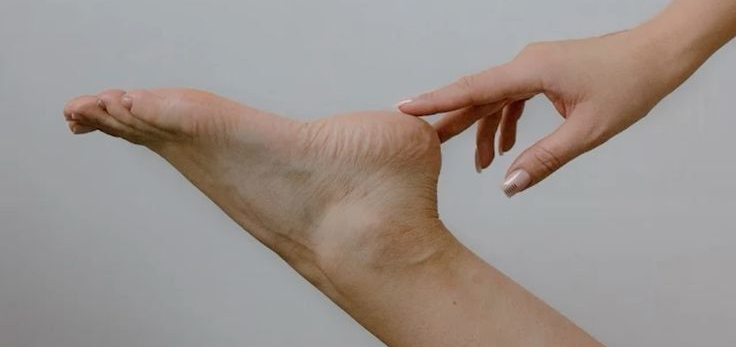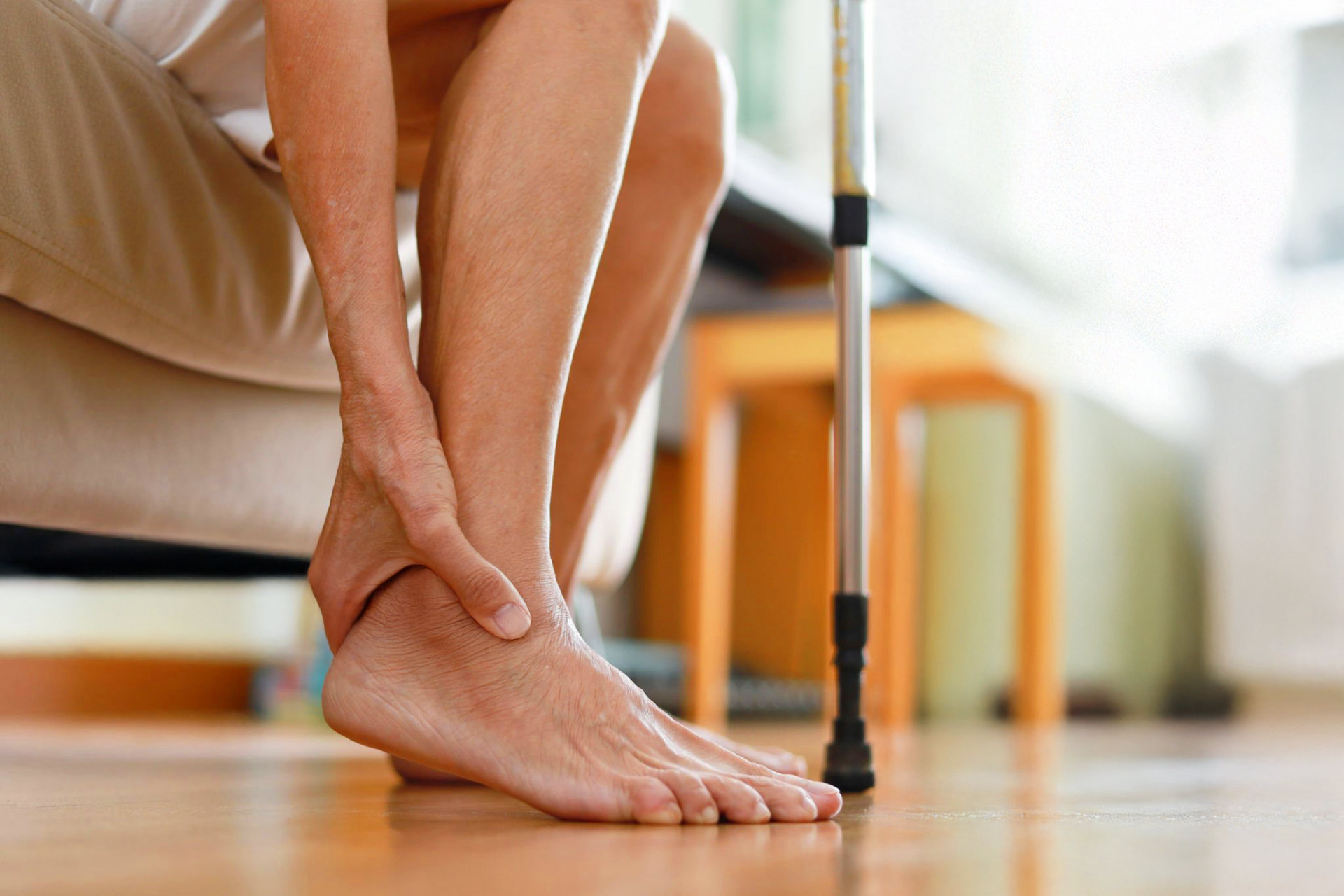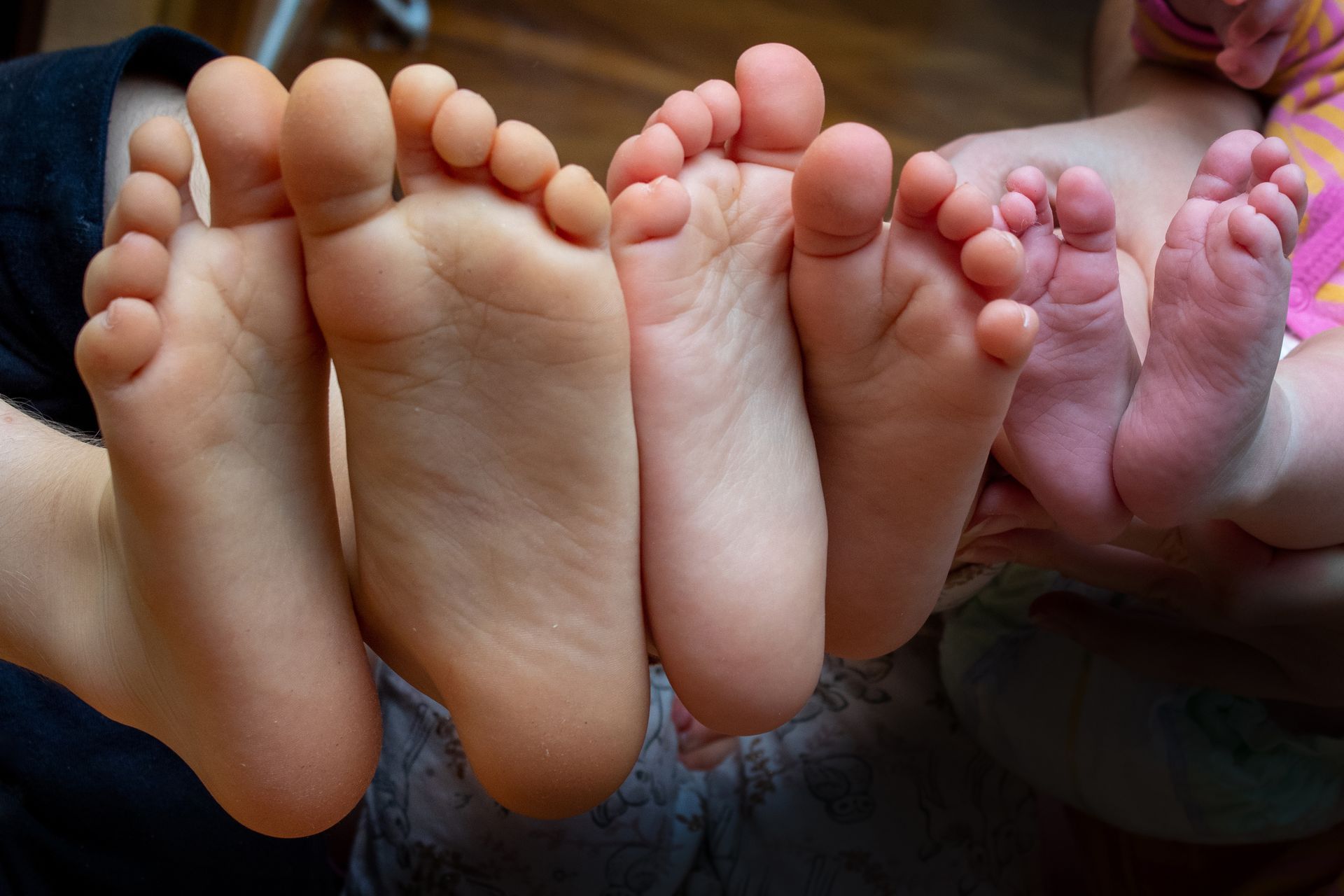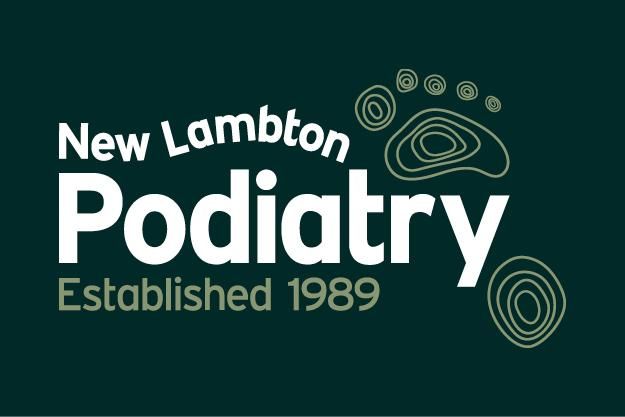Orthotics - Everything You Need to Know
Orthotics can make a big difference for people with foot pain, alignment problems, or ongoing injuries. At our Newcastle podiatry clinic, we prescribe both custom and prefabricated orthotics depending on your needs. This guide covers when orthotics may help, the different types available, and what to expect from your fitting.
Do I Need Orthotics? Signs Your Feet Need More Support
Orthotics aren’t just for athletes, they’re for anyone struggling with pain or poor foot mechanics. Common signs you might benefit from orthotics include:
- Pain: Arch pain, heel pain, or pain in the balls of your feet.
- Tired or Achy Feet: Common in people who stand for long periods (nurses, tradies, miners).
- Poor Foot Alignment: Rolling in (pronation) or rolling out (supination).
- Uneven Shoe Wear: Shoes wearing out faster on one side.
- Chronic Conditions: Diabetes (to prevent sores), arthritis, bunions, hammer toes, or callus build-up.
What orthotics can help with:
- Redistribute pressure
- Improve alignment
- Reduce overuse
- Support collapsed arches
- Offload painful areas
Custom vs Prefabricated Orthotics: Which One Is Right for You?
Custom Orthotics
Made specifically for your feet using a 3D scan or mold.
Best for:
- Persistent or complex foot pain (plantar fasciitis, tibialis posterior dysfunction, arthritis)
- Significant bio-mechanical issues (flat feet, high arches, limb length differences)
- People with diabetes or neuropathy
- Athletes or very active individuals
Features:
- Tailored prescription fit
- Designed to correct specific problems
- Durable and long-lasting
- Longer-lasting
Pros:
- Precise, targeted support
- Can reduce strain on joints, gait and posture
- Often partially covered by private health insurance
Cons:
- Higher upfront cost
Prefabricated Orthotics
Ready-made inserts that provide general support.
Best for:
- Mild to moderate discomfort
- General arch support
- Temporary or short-term use
Features:
- Standard sizes, sometimes heat-moldable
- More affordable and widely available
Pros:
- Quick and convenient
- Good option before committing to custom orthotics
Cons:
- Less precise fit
- May not address complex or long-term issues
How Orthotics Can Help with Back, Hip and Knee Pain
Your feet affect the alignment of your whole body. Orthotics can improve mechanics higher up the chain, helping to reduce pain in the knees, hips, and back.
Knee Pain:
- Improve patella (kneecap) tracking
- Reduce stress on medial and lateral joint compartments
- Help with conditions like patellofemoral pain, ITB syndrome, knee osteoarthritis
Hip Pain:
- Reduce excessive hip movement caused by pronation or limb length differences
- Improve pelvic stability and reduce lateral hip strain
- Helpful for gluteal tendinopathy, hip bursitis, and trochanteric pain
Lower Back Pain:
- Correct leg length discrepancies
- Reduce pelvic tilt and lumbar spine strain
- Support posture-related back pain
Can Orthotics Improve Running Performance?
For runners, orthotics can do more than reduce pain, they may also enhance performance.
Benefits:
- Correct biomechanical issues for smoother stride and less wasted energy
- Improve stability and proprioception (awareness of foot placement)
- Delay fatigue by reducing muscle overload
- Reduce injury risk (plantar fasciitis, shin splints, Achilles tendinopathy, ITB syndrome, runner’s knee)
Custom Orthotics for Performance:
- Can be tailored with lightweight or firmer materials
- Designed to fit in racing flats, spikes, or trainers
- Forefoot support can improve propulsion
Note: Not all runners need orthotics. If your foot mechanics are efficient and you’re injury-free, they may not provide extra benefit. A podiatry gait assessment is the best way to find out.
Learn more:
A 2020 study published in the
Journal of Sports Science & Medicine found that custom foot orthoses improved repeated sprint performance in runners, supporting the idea that orthotics can enhance speed and efficiency, not just reduce pain.
Are Your Orthotics Working?
Even custom orthotics don’t last forever. You may need a review if:
- Your foot, heel, knee, hip, or back pain has returned (or changed).
- Your orthotics feel uncomfortable or awkward.
- You notice obvious wear and tear (cracking, flattening, loss of shape).
- You’ve had body changes (weight change, pregnancy, surgery, increased activity).
- Your shoes don’t fit the same way.
- It’s been more than 12–24 months since your last review.
A quick check-up ensures your orthotics are still giving you the right support.
Fitting Orthotics: What to Expect at Your Appointment
When orthotics are dispensed, your podiatrist will:
- Check comfort and fit in your shoes
- Make adjustments if needed
- Provide wear-in instructions (usually start with 1–2 hours per day)
- Explain normal adaptation symptoms (mild muscle soreness is common at first)
Follow-up:
- Usually scheduled within 2–4 weeks
- Progress is monitored and adjustments made if required
Take the Next Step with Newcastle Orthotics
Whether you’re dealing with foot pain, injury, or looking to improve your performance, orthotics may help. At our Newcastle podiatry clinic, we assess your gait, biomechanics, and overall health to prescribe the right orthotics for you.
📅 Book an appointment today and give your feet the support they deserve.

